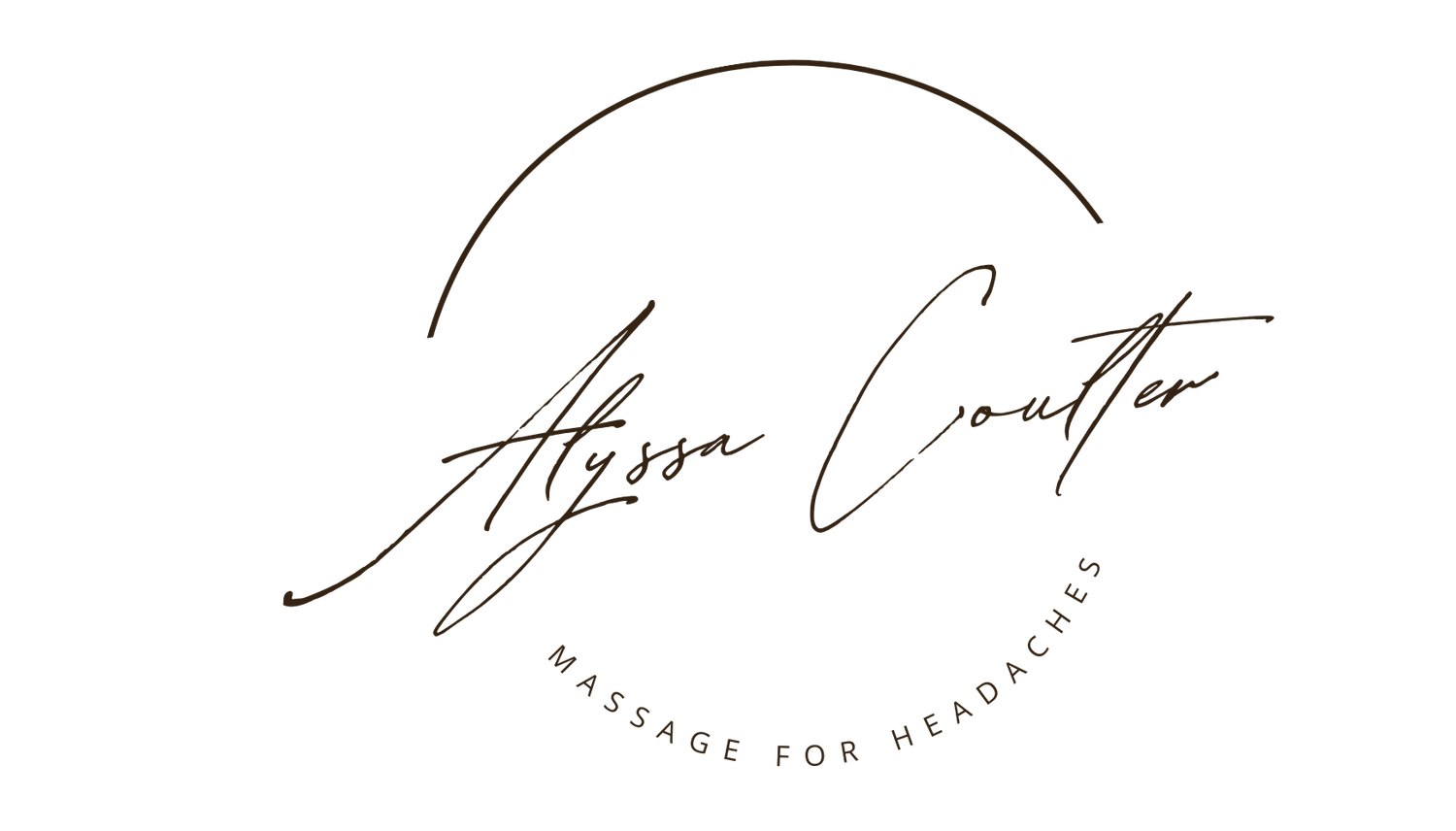Cortisol Decreases And Serotonin Increases Following Massage Therapy
STUDY
2005 article in The International Journal of Neuroscience evaluating the effects of massage therapy on serotonin and dopamine levels.
PURPOSE
To review the positive effects of massage therapy on biochemistry including decreased levels of cortisol and increased levels of serotonin and dopamine.
METHODS
The research reviewed includes studies on depression (including sex abuse and eating disorder studies), pain syndrome studies, research on auto-immune conditions (including asthma and chronic fatigue), immune studies (including HIV and breast cancer), and studies on the reduction of stress on the job, the stress of aging, and pregnancy stress.
RESULTS
In studies in which cortisol was assayed either in saliva or in urine, significant decreases were noted in cortisol levels (averaging decreases 31%). In studies in which the activating neurotransmitters (serotonin and dopamine) were assayed in urine, an average increase of 28% was noted for serotonin and an average increase of 31% was noted for dopamine. These studies combined suggest the stress-alleviating effects (decreased cortisol) and the activating effects (increased serotonin and dopamine) of massage therapy on a variety of medical conditions and stressful experiences.
CONCLUSION
Positive changes have been noted in biochemistry following massage therapy including reduced cortisol and increased serotonin and dopamine. Many conditions were positively affected by massage therapy including de-pression and depression-related conditions, pain syndromes, autoimmune and immune chronic illnesses, and stress conditions. The underlying mechanisms for their effects remain to be understood.
LINK TO FULL STUDY
Cortisol Decreases And Serotonin Increases Following Massage Therapy

